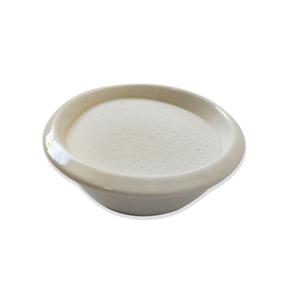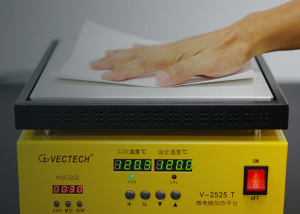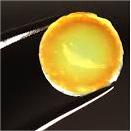Professional industry ceramic supplier, silicon nitride, silicon carbide, aluminum nitride and any other kinds of ceramics.
1. Introduction
In a major development reported just hours ago, Wolfspeed Inc. announced a breakthrough in 200mm silicon carbide wafer production, citing enhanced furnace reliability due to upgraded silicon carbide crucible systems. This underscores a critical yet often overlooked component in the semiconductor supply chain: the silicon carbide crucible. As demand surges for electric vehicles and 5G infrastructure, the need for high-purity, defect-free SiC crystals has intensified—and so has reliance on advanced ceramic containment solutions.

Silicon carbide crucibles are not ordinary labware. They are engineered from high-density, reaction-bonded or sintered silicon carbide (SiC), capable of withstanding temperatures exceeding 1600°C without degrading or contaminating molten materials. Unlike traditional alumina (Al2O3) or zirconia (ZrO2) crucibles, silicon carbide offers superior thermal shock resistance and minimal interaction with aggressive melts—making it ideal for crystal growth processes like Physical Vapor Transport (PVT).
2. The Role of Silicon Carbide Crucibles in SiC Crystal Growth
The production of single-crystal silicon carbide—a key material for high-efficiency power devices—requires ultra-stable, contamination-free environments. During PVT, polycrystalline SiC sublimates at ~2200°C and recondenses as a single crystal on a seed. Any impurity from the crucible can introduce dislocations or micropipes, ruining wafer yield.
Here, silicon carbide crucibles excel. Their composition matches the source material, drastically reducing chemical reactions. In contrast, zirconia crucibles may release oxygen or zirconium ions, while alumina can react with silicon vapor to form unwanted silicates. Moreover, silicon carbide’s high thermal conductivity ensures uniform temperature distribution—critical for controlled crystal nucleation.
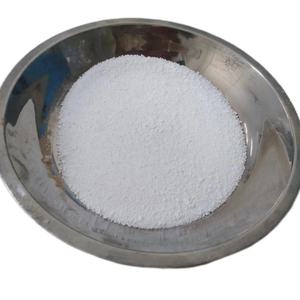
3. Complementary Advanced Ceramic Components in High-Temperature Furnaces
Beyond the crucible itself, modern SiC growth furnaces integrate a suite of specialized silicon carbide and silicon nitride components:
- silicon carbide thermocouple protection tubes shield sensors from corrosive vapors while maintaining accurate readings
- silicon nitride rings and insulating plates provide structural support with excellent dielectric properties
- rbsic silicon carbide tile blocks line furnace walls for thermal insulation and erosion resistance
- silicon carbide ceramic columns and pillars offer load-bearing stability at extreme temperatures
These elements work in concert to maintain process integrity. For instance, a custom silicon nitride heat shield may isolate thermal zones, while silicon nitride crucible factory-sourced parts ensure compatibility in mixed-material systems.
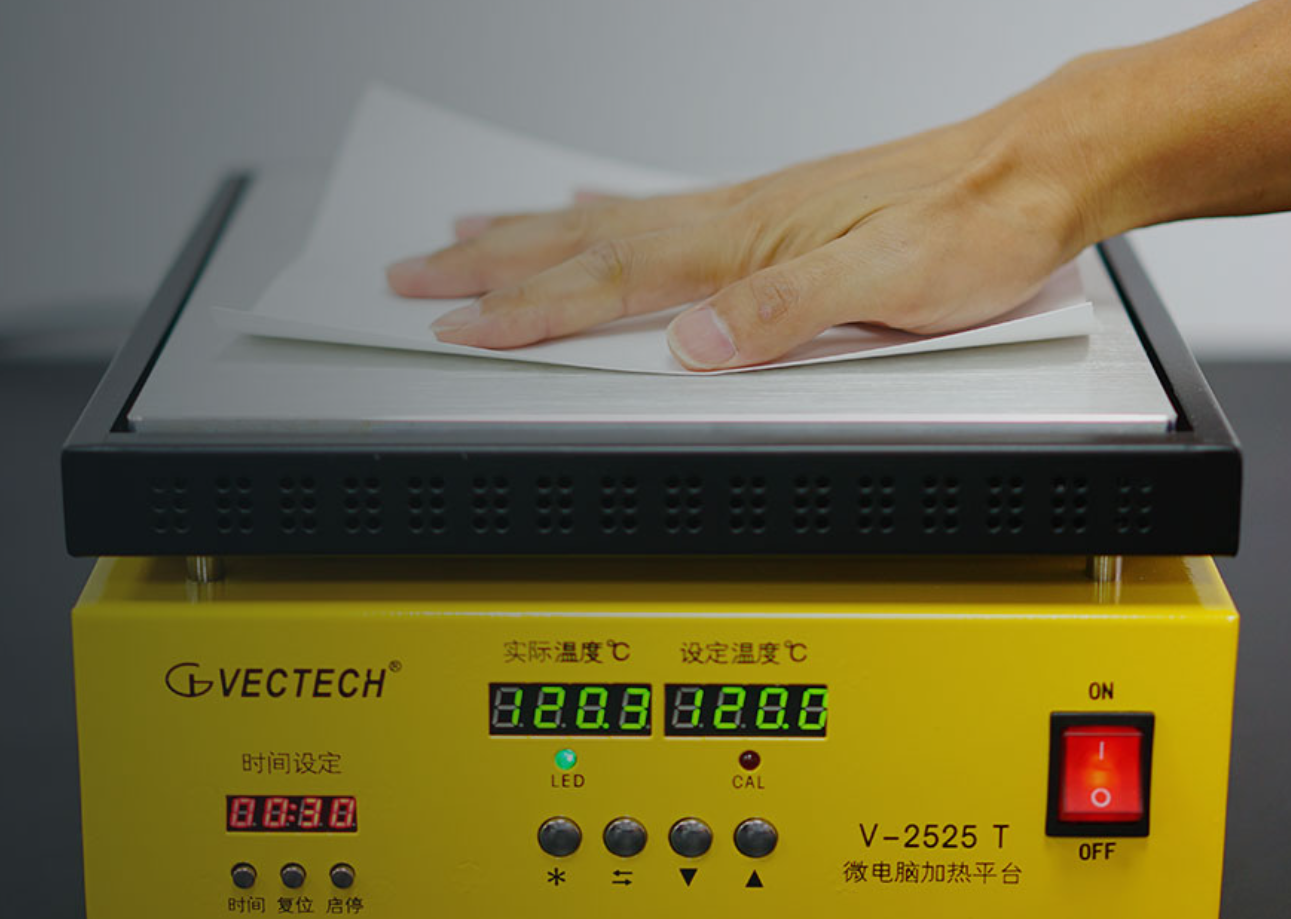
4. Why Not Boron Carbide or Other Ceramics?
When evaluating materials for high-temperature applications, engineers often compare boron carbide vs silicon carbide. While boron carbide (B4C) boasts higher hardness, it oxidizes readily above 500°C and is far more expensive. Silicon carbide remains stable in inert or vacuum atmospheres up to 2700°C, making it far more practical for industrial-scale crystal growth.
Similarly, silicon nitride (Si3N4) excels in mechanical strength and fracture toughness but lacks the thermal conductivity needed for crucible walls. Hence, silicon nitride ceramic parts are typically used for fixtures—not melt containment. Alumina and zirconia crucibles remain common in lower-temperature labs but fail in SiC synthesis due to reactivity and thermal stress cracking.
5. Emerging Applications and Material Synergies
The same properties that make silicon carbide crucibles vital for semiconductors also benefit other advanced fields. In aerospace, silicon carbide ceramic tubes serve as combustion liners; in metallurgy, silicon carbide burner nozzles endure molten metal splashes. Even in consumer goods, high-end kitchenware like silicon carbide ceramic baking dishes leverage thermal resilience—but these are distinct from industrial-grade crucibles.
Notably, innovations in composite ceramics—such as silicon carbide-zirconia tubes or alumina-zirconia blends—are being tested for hybrid applications. However, for ultra-high-purity crystal growth, monolithic silicon carbide remains unmatched. Meanwhile, the high purity silicon nitride powder market expands to support complementary components like silicon nitride plates and rings used alongside crucibles.
6. Conclusion
As the semiconductor industry pushes toward larger, higher-quality SiC wafers, the silicon carbide crucible has emerged as a linchpin of manufacturing success. Its unique blend of thermal, chemical, and mechanical properties—unrivaled by boron carbide, alumina, or even silicon nitride—ensures process stability in the most demanding environments. With global investments in wide-bandgap semiconductors accelerating, the demand for precision-engineered silicon carbide crucibles and associated advanced ceramics will only grow.
Our Website founded on October 17, 2012, is a high-tech enterprise committed to the research and development, production, processing, sales and technical services of ceramic relative materials such as Why. Our products includes but not limited to Boron Carbide Ceramic Products, Boron Nitride Ceramic Products, Silicon Carbide Ceramic Products, Silicon Nitride Ceramic Products, Zirconium Dioxide Ceramic Products, etc. If you are interested, please feel free to contact us.

